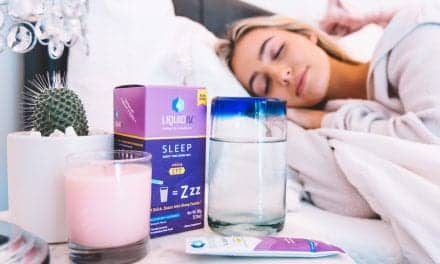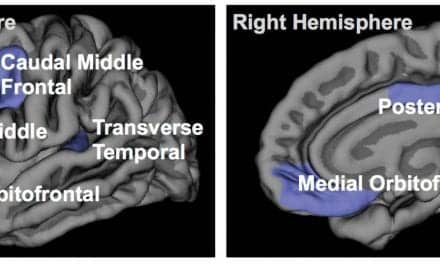Sleeplessness can be exacerbated by osteoarthritis, the most common form of arthritis causing joint pain. While there are effective therapies for treating insomnia in older adults, many people cannot get the treatment they need because they live in areas with limited access to health care, either in person or over the internet.
With telephones nearly universal among the elderly, however, researchers at the University of Washington and Kaiser Permanente Washington Health Research Institute sought to determine if therapy using only a phone connection could be used to dramatically improve access to insomnia treatment.
In a study involving patients in the Kaiser Permanente Washington system—the Osteoarthritis and Therapy for Sleep, or OATS study, published Feb 22 in JAMA Internal Medicine—the researchers found that effective treatment for insomnia can be delivered in a few short phone calls. The phone-delivered therapy, which consisted of guided training and education to combat insomnia, also helped reduce fatigue as well as pain associated with osteoarthritis.
“It’s very exciting,” says Susan M. McCurry, PhD, lead author and research professor in the UW School of Nursing, in a release, “because when people have insomnia, it’s miserable. Our study has shown that this treatment can be delivered over the phone, and its effects are sustainable for up to a year.”
Importantly, says McCurry, who is also an affiliate investigator at Kaiser Permanente, the study results also mean people living in rural or other areas with limited access to the internet and health care, especially sleep clinics, could potentially be reached and helped.
“When people can get relief from their sleep problems,” she says, “they’re going to function better during the day. They’re going to emotionally feel better, be less irritable and think more clearly.”
The study tracked 327 people over 60 years old with moderate to severe insomnia from 2016 to 2018. The patients were interviewed six times for 20 to 30 minutes over an eight-week period. Roughly half of the patients received materials and guided training for cognitive behavioral therapy for insomnia (CBT-I).
The remaining patients were in a control group, which received education-only phone calls that did not include the CBT-I. The control group was important, McCurry says, to make sure the positive effects of the phone calls weren’t due to “the fact that you have someone who’s smart and pleasant calling you every week.”
The key task of the therapy sessions was to guide patients through routines, information and self-monitoring in order to get their homeostatic sleep drive, which is the internal drive to sleep that is dissipated during the night and builds up during the day, and circadian rhythms, the complex and innate cycles of biochemical, physiological and behavioral processes, working together so that the patient will sleep at night and be wakeful during the daytime.
The phone-based therapy also helped patients reduce anxiety related to sleeplessness.
“People can become conditioned to knowing that when they get into bed, they’re going to have a bad night. The bed becomes an anxious place for them to be,” McCurry says. “We help them develop cognitive tools that can give their mind something else to do other than worry about what tomorrow is going to be like if they don’t get a good night’s sleep.”
[RELATED: Digital Cognitive Behavioral Therapy for Insomnia Comparison Guide]
While earlier phone-based studies using similar techniques improved sleep, these studies were limited by their small number of participants and included only patients of specialty insomnia clinics. The OATS study was a large trial of a statewide population of older adults with chronic osteoarthritis who were randomly assigned to either the treatment or a control group.
“Although osteoarthritis-related insomnia is a very common condition among older adults, it can be a challenge to find and enroll people with this condition in a clinical trial. Our ability to work with Kaiser Permanente Washington’s extensive electronic health records data made it possible to identify and recruit more than 300 patients across Washington state over age 60 with moderate to severe osteoarthritis pain and insomnia,” says Kai Yeung, PharmD, PhD, co-author and assistant scientific investigator at Kaiser Permanente Washington Health Research Institute, in a release.
The study authors concluded that the phone-based treatment benefits for insomnia were “large, robust” and sustained for a year, even for patients with more severe insomnia and pain symptoms. The study also found a reduction of those pain symptoms, although the pain reductions did not last a full year.
While the study results can give hope to those experience insomnia and osteoporosis-related pain, the study authors say patients may not yet have access to a phone-based system of treatment. However, they can still talk to their medical care provider to learn what treatment options are available to them now.
“The bottom line is nobody should be sleeping poorly,” says Michael V. Vitiello, PhD, co-author and professor of psychiatry and behavioral sciences at University of Washington School of Medicine, in a release. “We have ways to fix sleep problems. Older adults don’t need to suffer. We can make them better.”
Photo 18076704 © Nyul – Dreamstime.com




